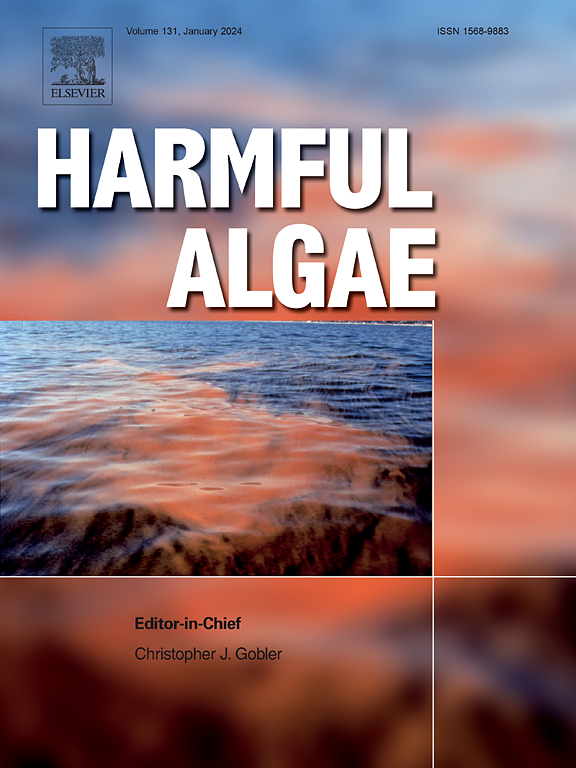东加勒比小岛屿发展中国家马尾藻管理的历史、现状和未来展望:来自第一线的故事
IF 4.5
1区 生物学
Q1 MARINE & FRESHWATER BIOLOGY
引用次数: 0
摘要
自2011年大规模流入大加勒比区域的远洋马尾藻开始以来,在清理、处置和开发可能的用途方面,继续给有关当局带来前所未有的管理挑战。为了应对这些挑战,已经采取了许多举措,旨在加强国家管理马尾藻泛滥和改进对涌入事件的适应能力,并就这一主题发表了许多技术和学术论文。但是,与东加勒比小岛屿发展中国家具体有关的文献有限,而且有些支离破碎。在对东加勒比马尾藻管理文献的叙述回顾中,结合我们自己在这一领域的知识和经验,我们研究了马尾藻管理的时间表,管理的现状,并强调了需要解决的研究和政策差距,以改善管理。在这样做的过程中,我们记录了东加勒比地区的小岛屿国家如何从简单地将马尾藻流入事件作为一种危害作出反应转变为长期适应,并提出了我们对这些小岛屿发展中国家马尾藻未来管理的看法。多年来,欧共体小岛屿发展中国家在传播知识、建立网络、研究和获得一些财政支助方面表现出色,但是,在执行管理计划和改进机构能力方面的进展相对缓慢。推进本地区马尾藻的可持续管理需要各国政府和区域政府间机构加强治理、改善协调和持续投资。这次审查的主要经验教训可能与全球其他面临大规模藻华的小岛屿发展中国家高度相关,这些国家也面临类似的资源和治理限制。本文章由计算机程序翻译,如有差异,请以英文原文为准。
History, current status and future perspectives of sargassum management in the Eastern Caribbean SIDS: A story from the frontline
Mass influxes of pelagic Sargassum spp. in the Wider Caribbean region, since their inception in 2011, continue to present authorities with unprecedented management challenges relating to clean up, disposal and development of possible uses. To address these challenges, there have been many initiatives aimed at enhancing national capacity for the management of sargassum inundations and improving adaptation to influx events, and numerous technical and academic papers published on this topic. However, literature with specific relevance to the Eastern Caribbean Small Island Developing States (EC SIDS) is limited and somewhat fragmented. In this narrative review of the Eastern Caribbean sargassum management literature, together with our own knowledge and experience in this area, we examine the timeline of sargassum management, the current status of management, and highlight research and policy gaps that need to be addressed to improve management. In so doing we document how small island countries within the Eastern Caribbean have transitioned from simply reacting to sargassum influx events as a hazard, towards long-term adaptation and offer our perspectives on future management of sargassum in these SIDS. Throughout the years, the EC SIDS have excelled in knowledge dissemination, networking, research and securing some financial support, however, progress with implementation of management plans and improving institutional capacity has been comparatively slow. Advancing sustainable sargassum management in this region will require stronger governance, improved coordination, and sustained investment from both national governments and regional intergovernmental bodies. The key lessons from this review are likely to be highly relevant to other SIDS across the globe that are facing macroalgal blooms with similar resource and governance constraints.
求助全文
通过发布文献求助,成功后即可免费获取论文全文。
去求助
来源期刊

Harmful Algae
生物-海洋与淡水生物学
CiteScore
12.50
自引率
15.20%
发文量
122
审稿时长
7.5 months
期刊介绍:
This journal provides a forum to promote knowledge of harmful microalgae and macroalgae, including cyanobacteria, as well as monitoring, management and control of these organisms.
 求助内容:
求助内容: 应助结果提醒方式:
应助结果提醒方式:


